Why don’t girl’s dresses have long sleeves anymore?
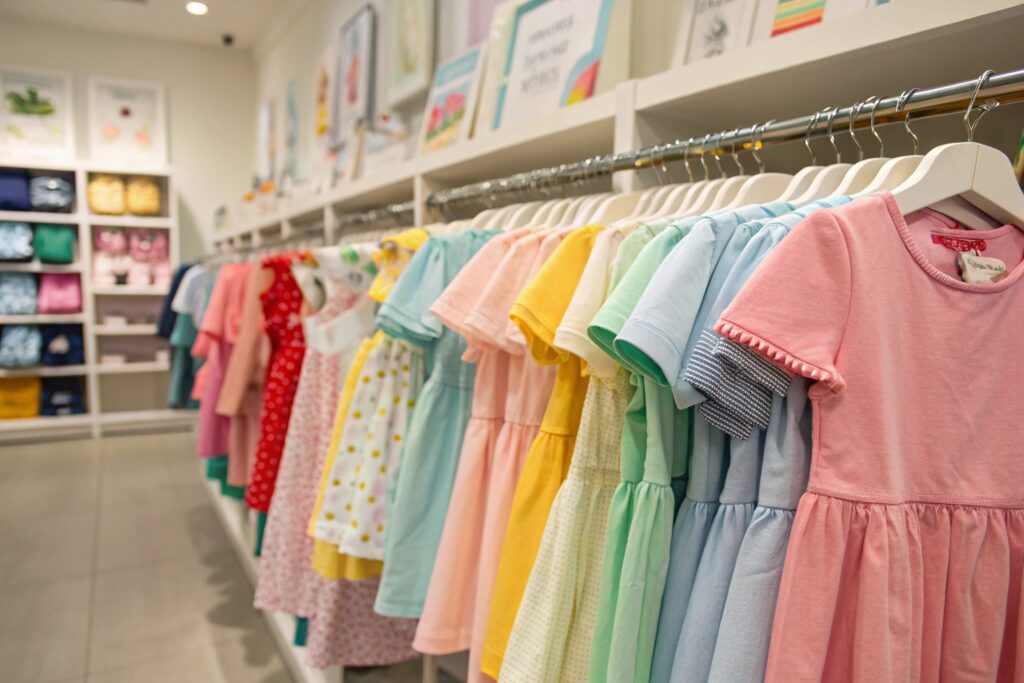
Walk into any kidswear store and you’ll see a pattern—most girl’s dresses now come with short sleeves. What happened to the classic long-sleeve look? Long sleeves in girls’ dresses have declined due to seasonal fashion trends, climate shifts, and increasing demand for comfort and flexibility in kidswear. Short sleeves offer style, breathability, and practicality. As […]
Why is it not good to wear dark colored clothes to babies?
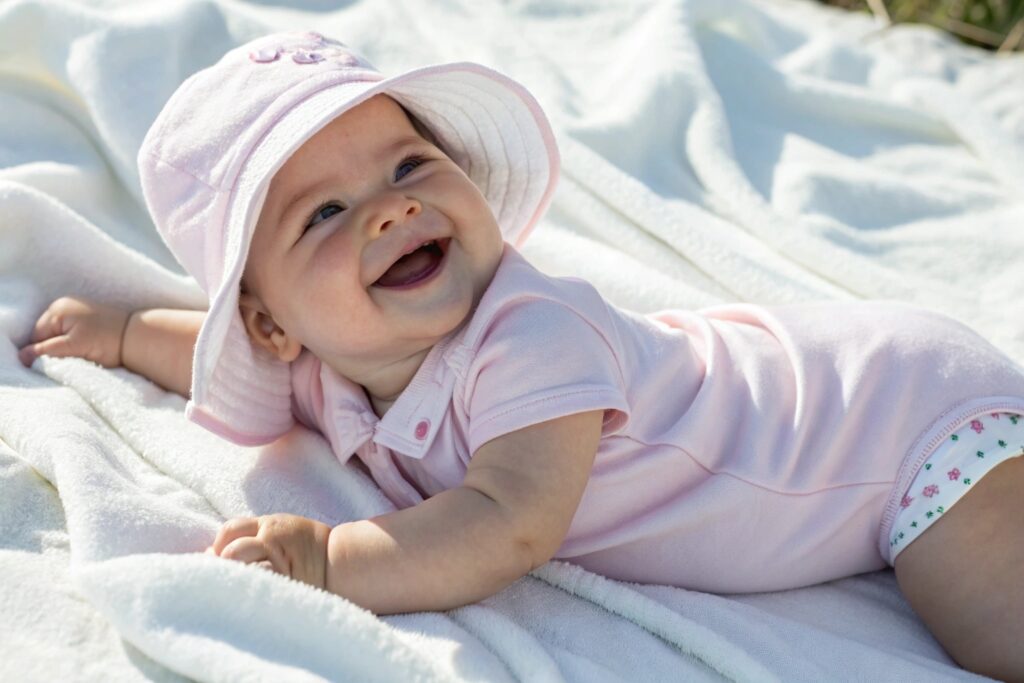
New parents often make wardrobe decisions based on looks. But when it comes to babies, color isn’t just about style—it can impact their health. Dark-colored clothes are not ideal for babies because they retain heat, may contain more chemical dyes, and can increase the risk of overheating, skin irritation, and discomfort. Lighter fabrics and colors […]
Why Should a Life Jacket Be Worn in the Beach?
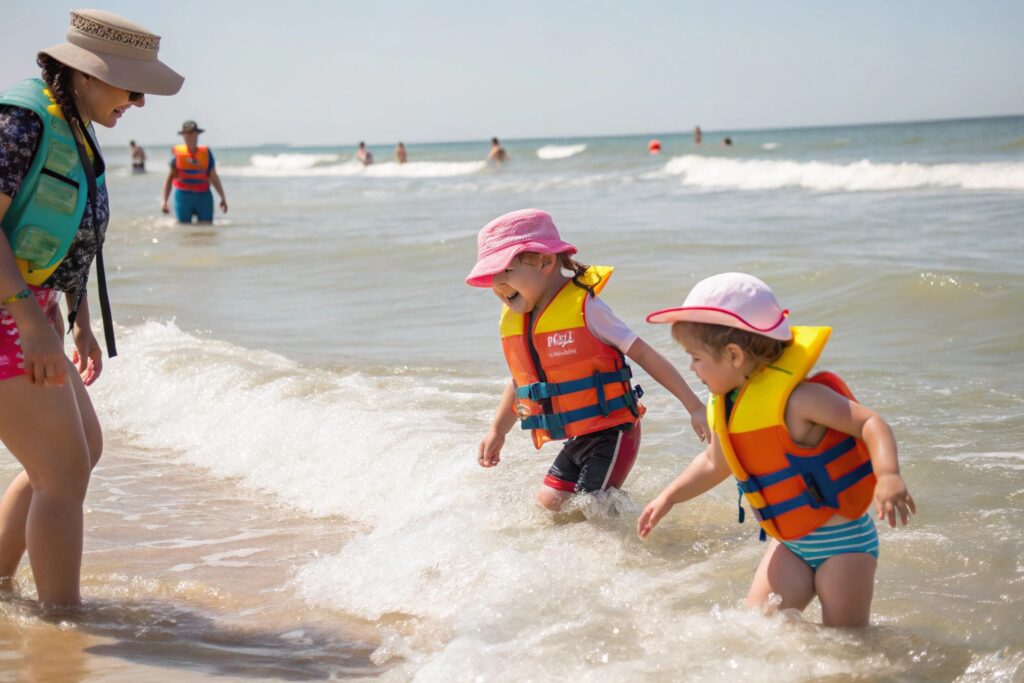
Too many beach outings end in tragedy simply because one safety rule was ignored—wearing a life jacket. A life jacket is a crucial piece of safety gear that can prevent drownings, especially for children, weak swimmers, and in unpredictable surf conditions. Even shallow water can become deadly without floatation support. If you sell, source, or […]
Your Best Children’s Clothing Manufacturer?

Are you struggling to find a trustworthy children’s clothing manufacturer who delivers consistent quality and ships on time? Yes, there are reliable kidswear manufacturers—if you know what to look for. In 2025, companies like Fumao Clothing set a benchmark for quality, communication, and delivery in the B2B apparel sourcing space. You don’t need to waste […]
Would a Men’s Small Fit a Boy Who Wears Medium (12 to 14)?
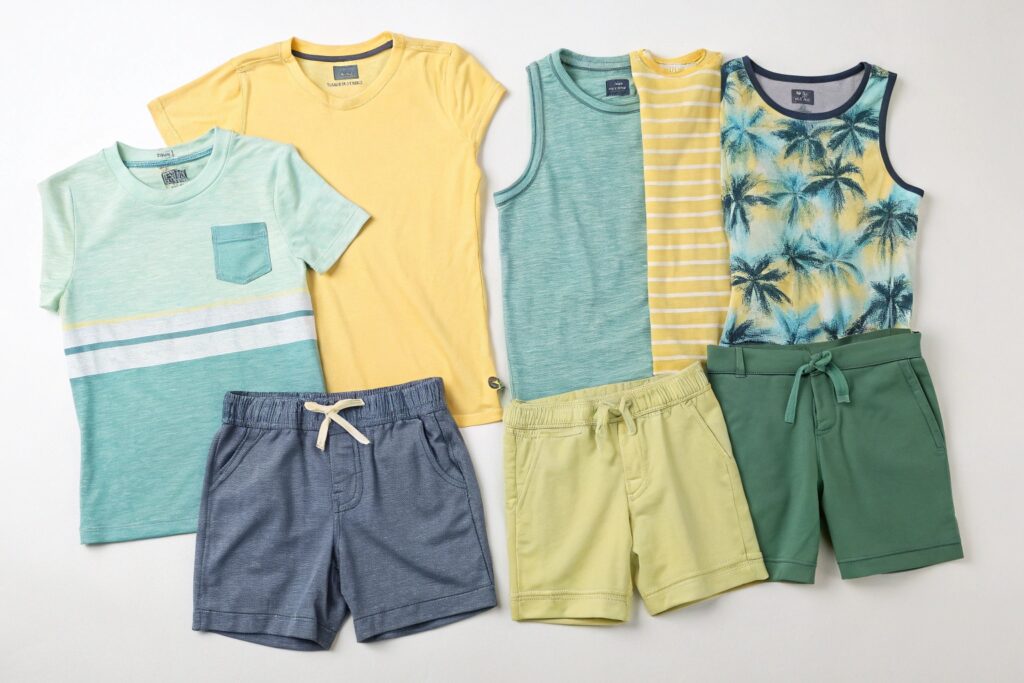
Parents and brand buyers alike often struggle when sizing transitions from youth to adult. In most cases, a men’s small is slightly larger than a boys’ medium (12–14), but they are close enough that it may work—depending on the fit preference and body type. If you’re stuck deciding whether to go with a youth or […]
How We Help Brands Launch Sustainable Capsule Lines?
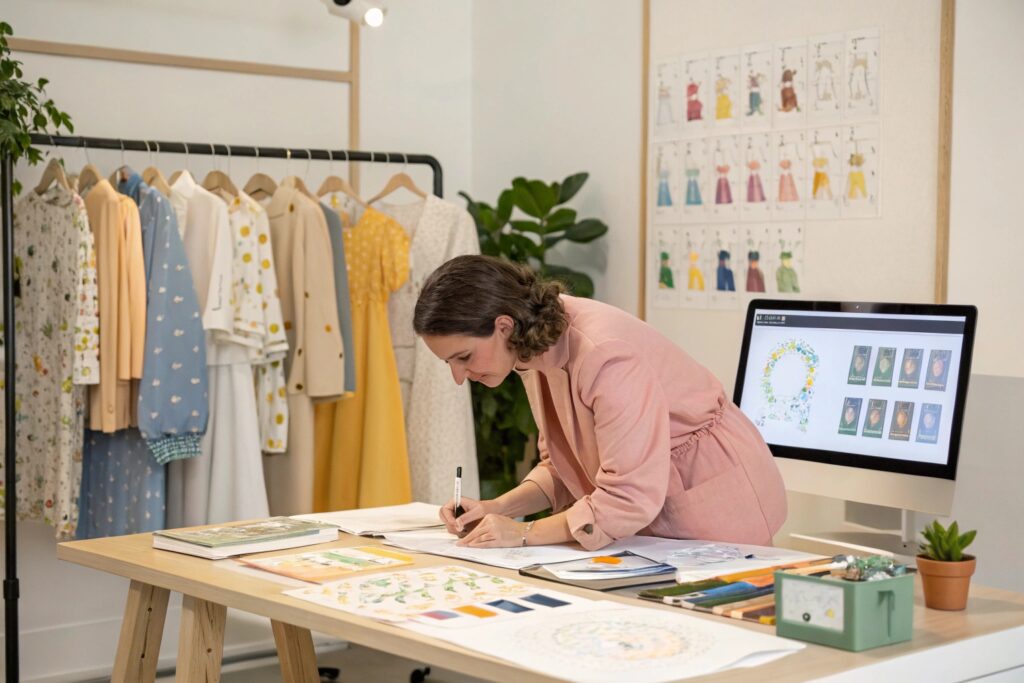
Launching a sustainable capsule line can feel overwhelming—especially if you’re new to sourcing, design, or compliance. At Fumao Clothing, we offer end-to-end solutions that help brands design, produce, and launch eco-conscious capsule collections that are profitable, stylish, and certified. We’ve worked with startups, influencers, and established brands to bring their capsule vision to life. Whether […]
How to Build a Circular Kidswear Capsule Model?
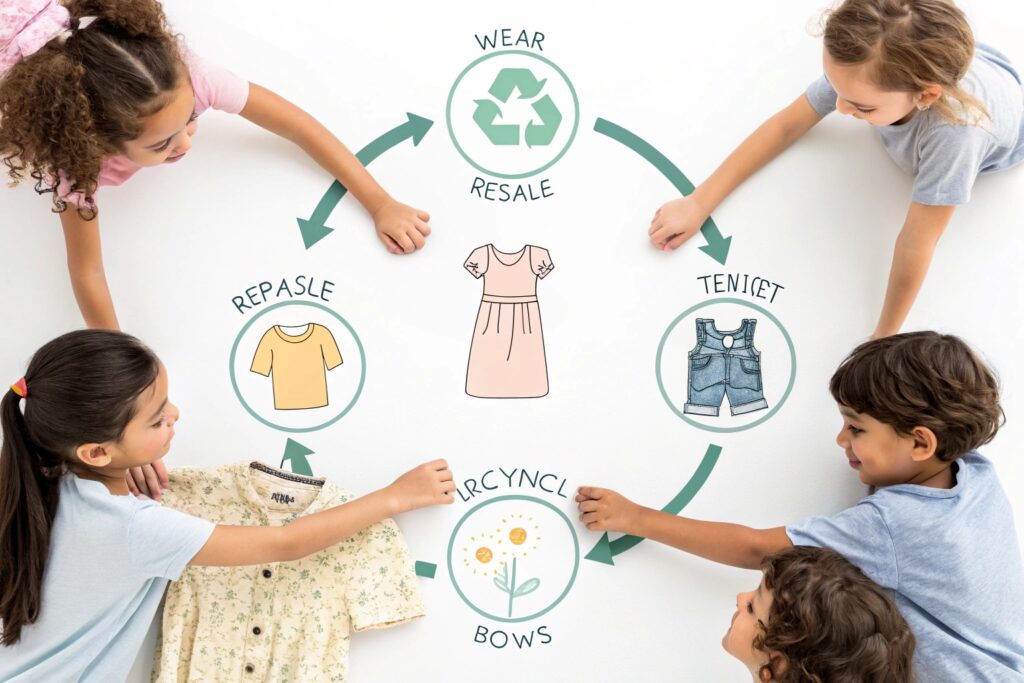
Fast fashion in kidswear causes fast waste—outgrown clothes pile up, and landfills grow. A circular capsule model for kidswear reduces waste, extends garment life, and encourages resale, reuse, and recycling. It’s the smart, sustainable future for conscious brands. At Fumao Clothing, we work with brands to create closed-loop capsule systems that think beyond first wear. […]
Why Future Kidswear Will Be Capsule-Driven?
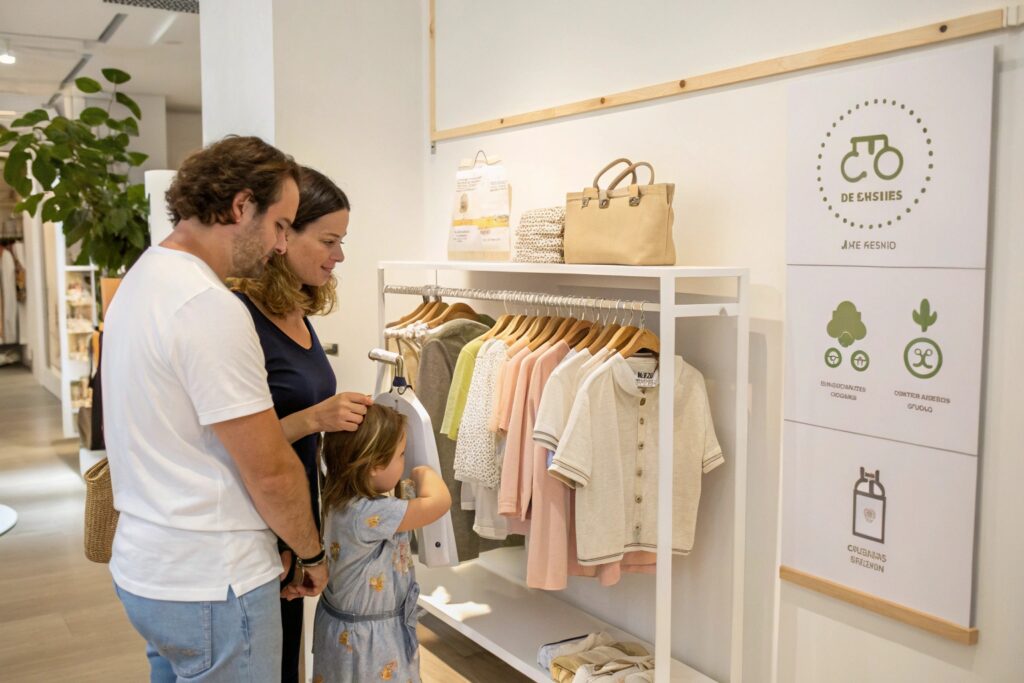
Parents are shopping differently. They want fewer items, less clutter, and more value. The kidswear market is following suit. Capsule-driven kidswear is the future. It’s built on smart design, conscious parenting, and a growing demand for sustainable, clutter-free clothing models. At Fumao Clothing, we help brands adapt to these changes by offering lean, high-quality capsule […]
How to Educate Parents on Capsule Clothing Benefits?

Most parents shop fast, not smart—ending up with piles of clothes their kids outgrow or barely wear. Educating parents about capsule wardrobes helps them buy fewer, better pieces. This leads to less clutter, more savings, and smarter clothing choices for growing children. For those of us manufacturing or selling capsule collections, clear and honest communication […]
Why Transparency Matters in Kidswear Capsule Sourcing?
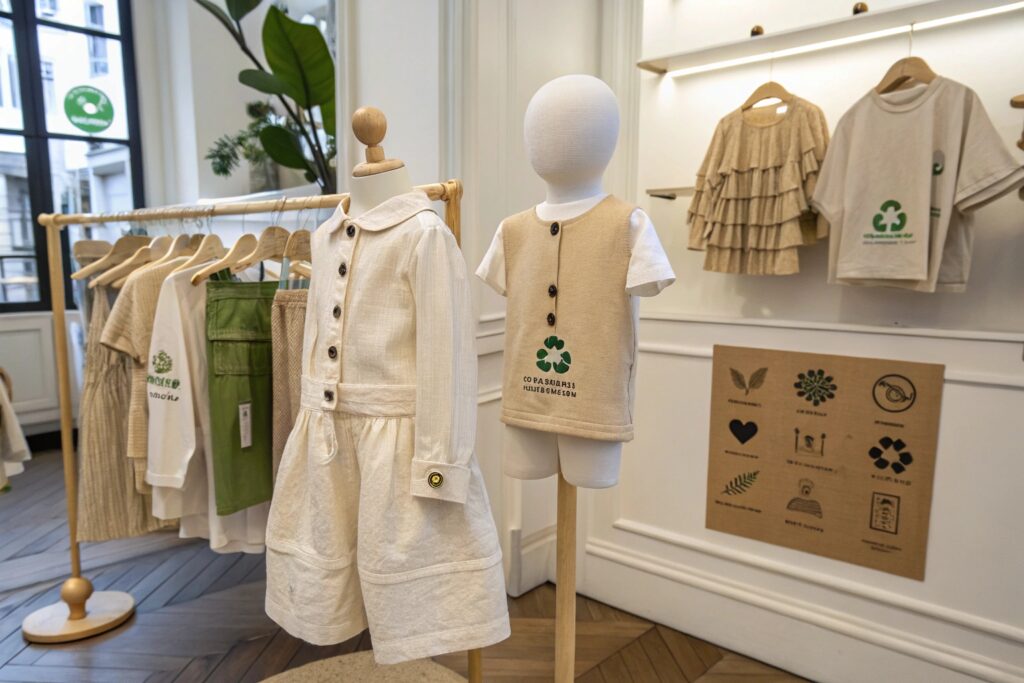
Parents want safe, sustainable, and ethically made clothing for their children—but many don’t know how murky the kidswear supply chain can be. Transparency in kidswear sourcing builds trust, protects brands, and ensures that garments meet ethical and quality standards. Suppliers who disclose sourcing details are more likely to maintain accountability, comply with regulations, and retain […]
